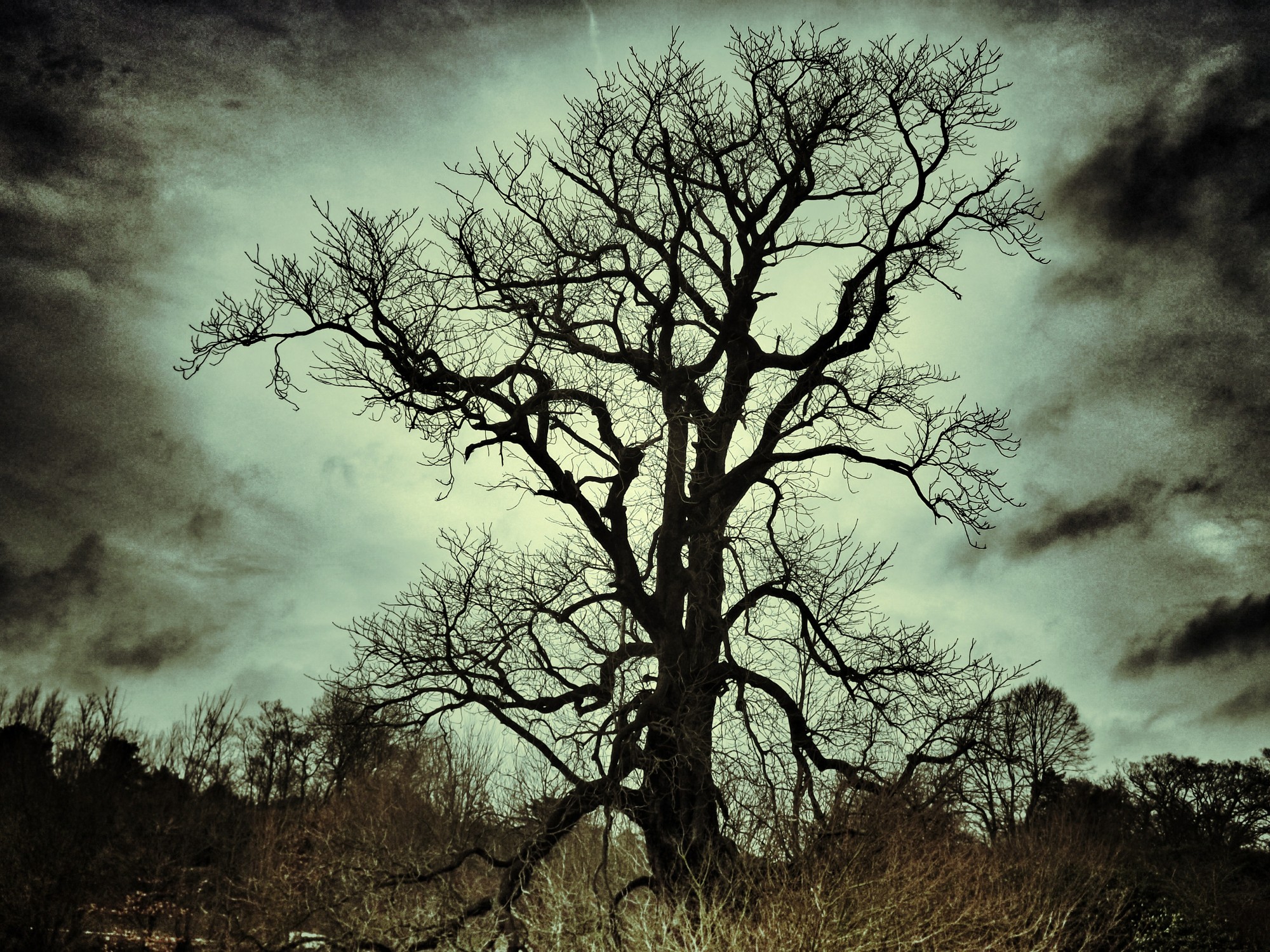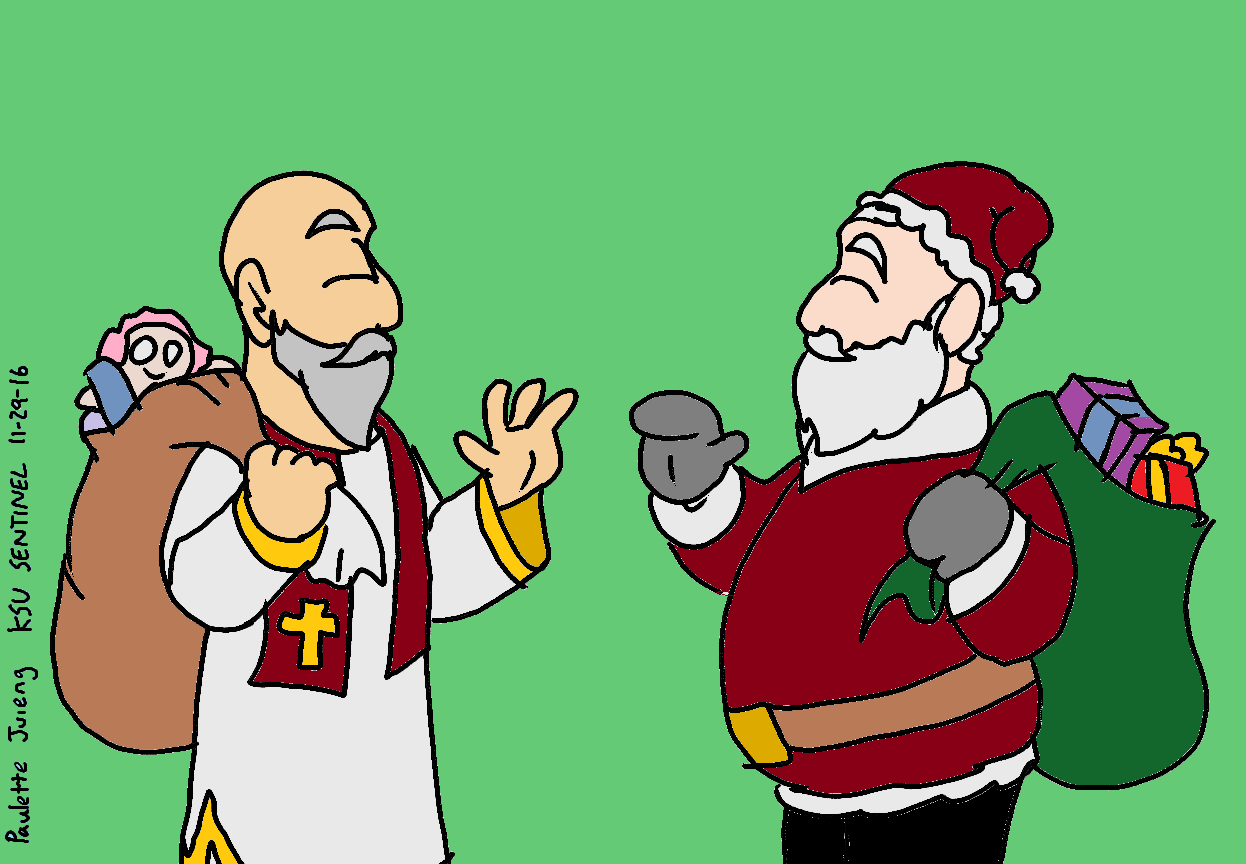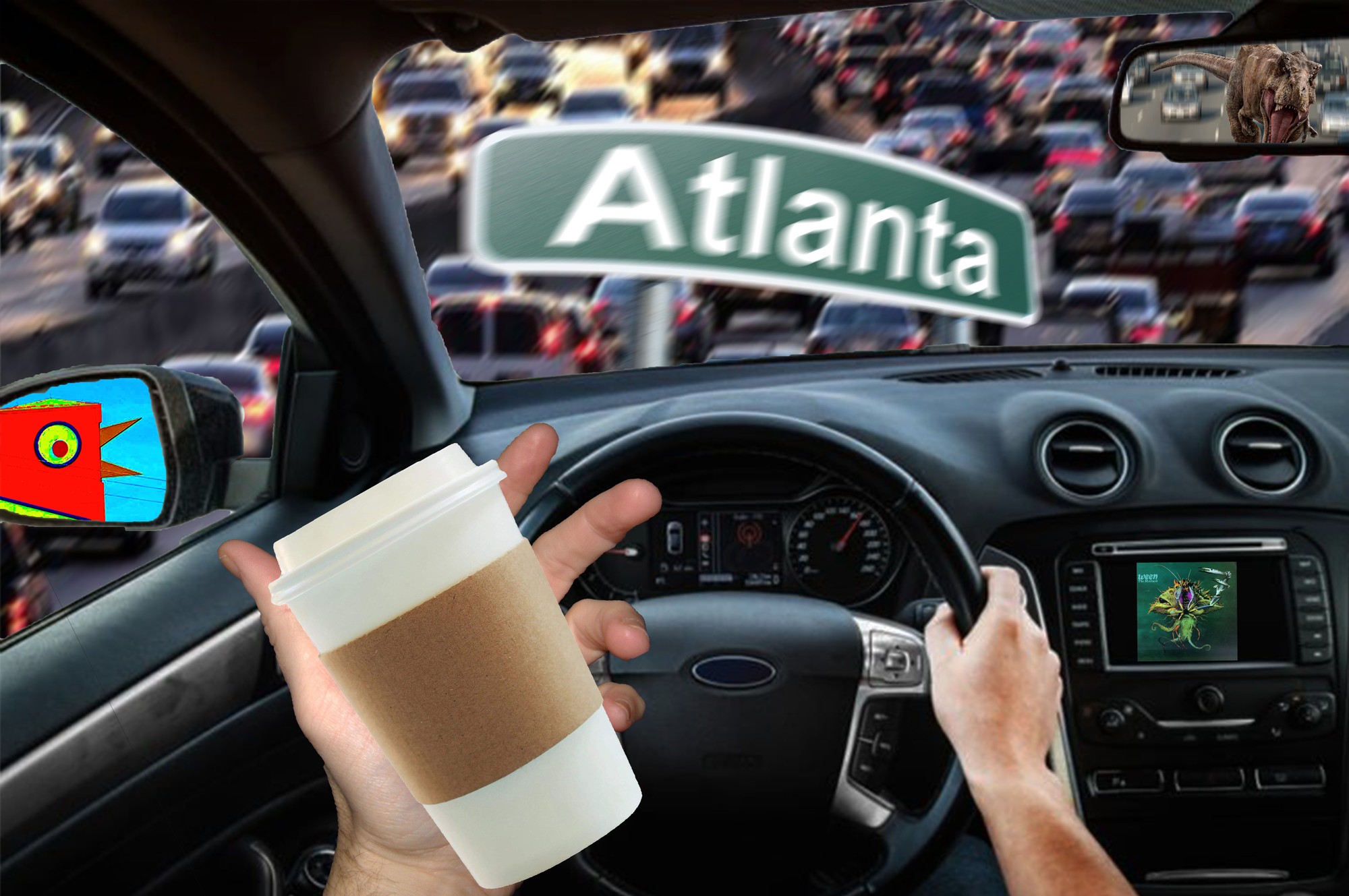By Elizabeth Nouryeh, Staff Writer
Each year as the leaves change colors and begin to fall, families visit pumpkin patches, begin searching for the perfect costume and binge on candy. Many of these families gather around the television to watch Halloween classics such as Tim Burton’s “A Nightmare Before Christmas” and “It’s the Great Pumpkin, Charlie Brown” while carving faces into their pumpkins. Houses decorated with ghosts, witches, spider webs and skeletons await young trick-or-treaters.
According to history.com, because of Halloween’s seemingly controversial beginnings, such festivities did not become secular and community centered until the 1920s and 30s. Many Americans still refuse to celebrate Halloween due to religious reasons, while others see the holiday as a children orientated holiday. The history of Halloween is mysterious, religious and full of superstitions.
Halloween originates from the Celtic festival of Samhain (“sow-in”), a celebration of the beginning of the Winter Half of the Year. The celebration lasted from Oct. 31 to November 2. It was said that during these three days and nights, the “veil” between the living and the dead was weakened. Druid priest Philip Carr-Gomn said that “The dead are honored and feasted, not as the dead, but as the living spirits of loved ones and of guardians who hold the root-wisdom of the tribe.”
In celebrating Samhain, the Druids would build massive sacred bonfires and dress in costumes to avoid coming in contact with evil ghosts. After the Romans conquered a majority of Celtic territory, Christianity began mixing with pagan traditions. According to history.com, “Pope Boniface IV dedicated the Pantheon in Rome in honor of all Christian martyrs, and the Catholic feast of All Martyrs Day was established in the Western church.” All Martyrs Day later became All Saints’ Day, celebrated on Nov. 1. Christians celebrated Halloween, All Saints’ Day, and All Souls day during the Celt’s three day celebration of Samhain.
Halloween was not introduced to the United States until the late 1800s, when Irish immigrants fled the potato famine. With them they brought their Halloween traditions of dressing up and trick or treating. Halloween celebrations slowly steered away from being superstitious and religious, and turned into festive parties for children. Halloween popularity soared in the 1950s, and has inclined since then.
Despite the initial “innocent” celebrations of costumes and candies, many families do not celebrate Halloween because of its pagan origins. Paganism has always been a controversial religion. Some believe that pagans worshipped the devil and others believe they celebrate nature, the earth, and other living creatures.
“To me, Halloween is very black or white,” said freshman nursing major Gabby Nelms, “you either practice it and allow the traditions behind what you are doing to create holes in your spirit, or you don’t and you create a stronger foundation with God.”
I am Catholic, and I have been celebrating Halloween for as long as I can remember. Our church, along with countless churches across the state, had a trunk or treat every year on All Saints Day or a few days before Halloween.
In the eyes of a child, Halloween is an opportunity to play dress up, run around with friends, and eat more candy than our parents think we should. It was a time to see who had the coolest costume, and to get our hands dirty carving pumpkins. We did not care to think about the origins of Halloween or its religious meaning.
I believe that children should be able to celebrate care-free with their peers for as long as they wish. After all, we are only children once. Parents can decide when to tell their children their beliefs of Halloween when they see fit, but it should be up to the child to decide if he or she wishes to continue celebrating the holiday. Until then, let children indulge in candy and fun while they can.



